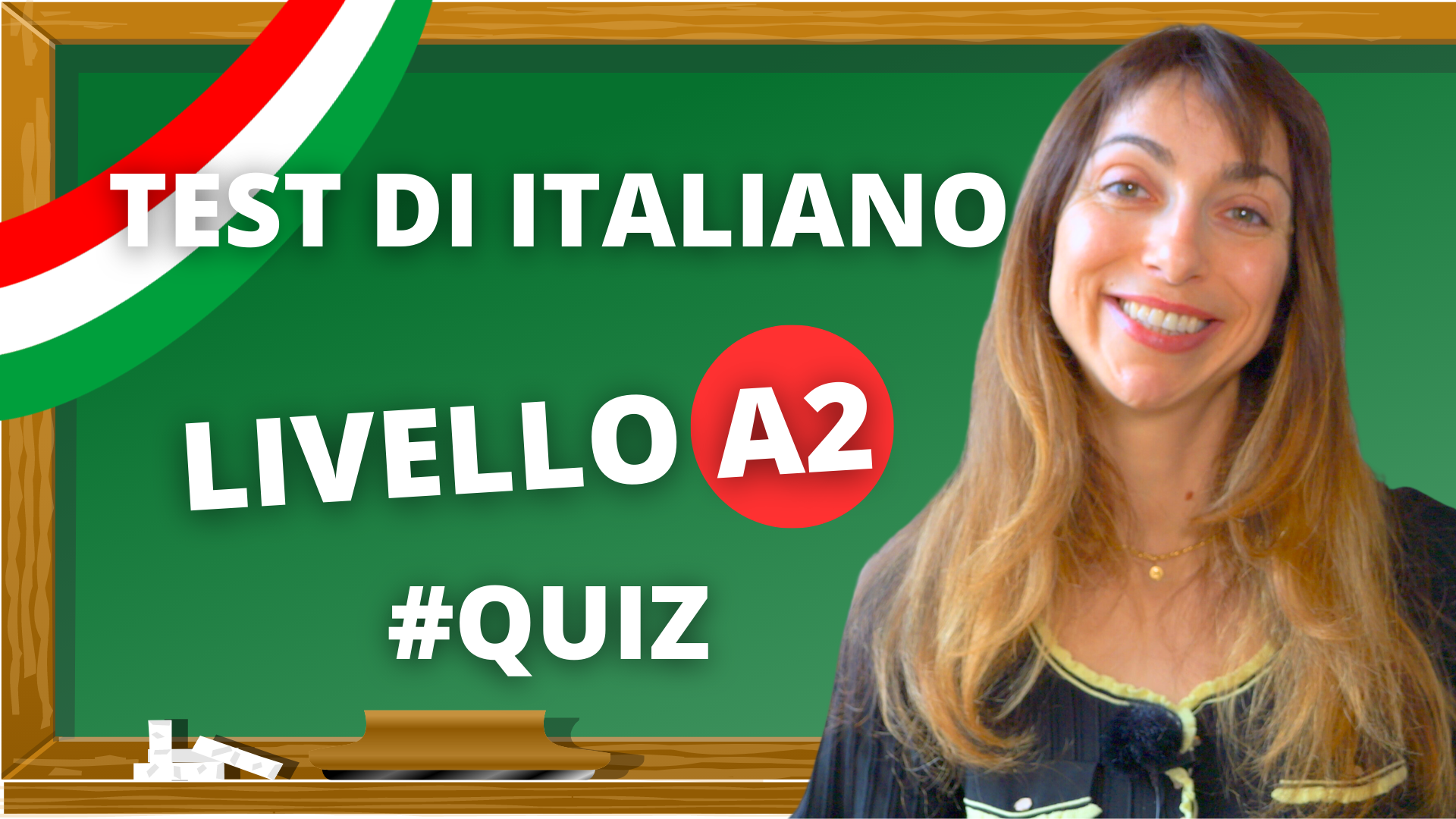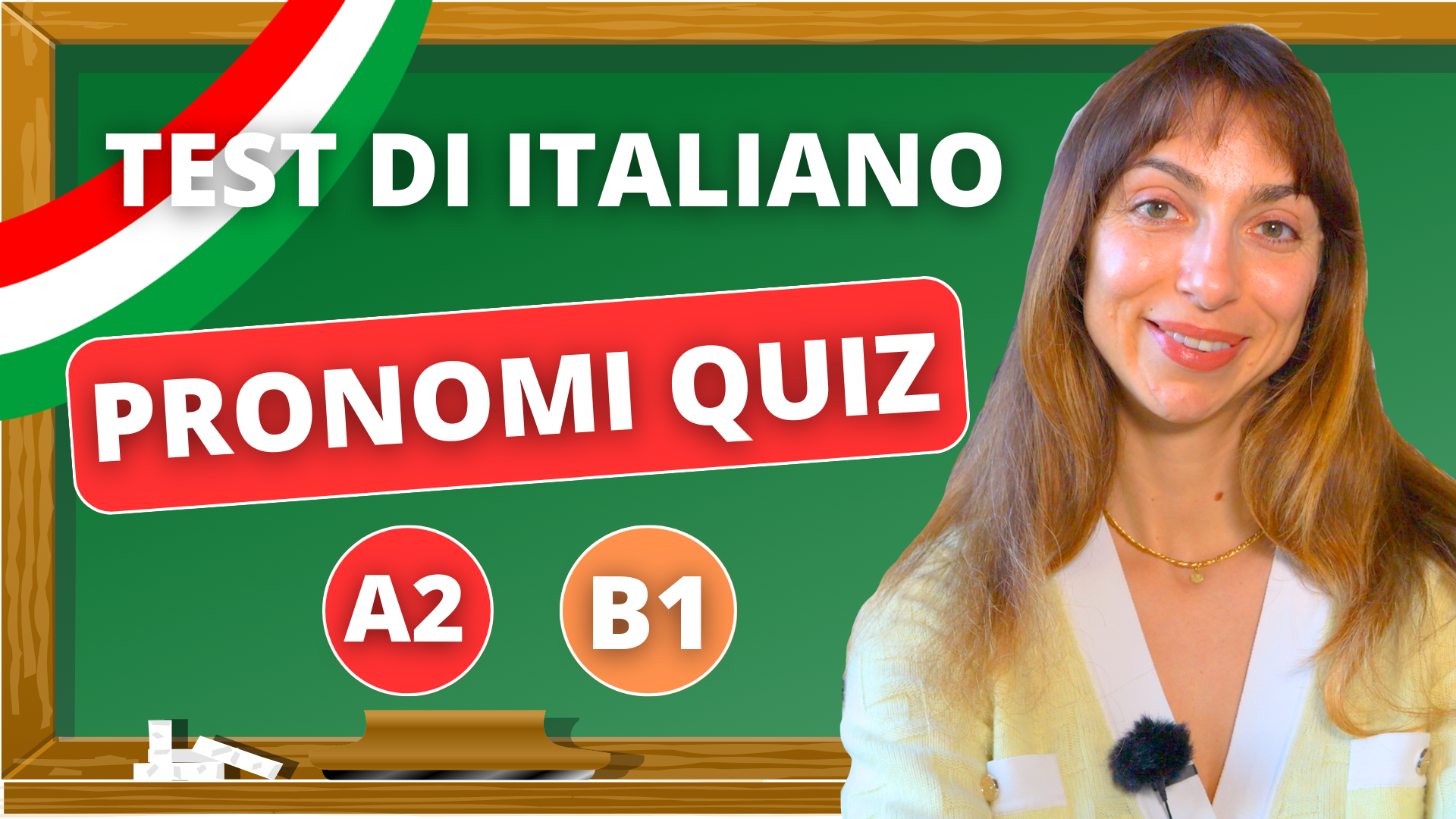How to Say Good Morning in Italian: Master the Language and Greetings
Saying “good morning” in Italian is not just a simple greeting; it’s an essential part of Italian culture that reflects warmth and friendliness. In this article, we will explore how to say good morning in Italian, the nuances of its usage, and additional expressions to help you connect with the locals.
Table of Contents
Buongiorno: The Basic Good Morning in Italian
“Buongiorno” (pronounced bwon-jor-no) is the most common way to say good morning in Italian. It is a formal and polite expression suitable for any situation, whether you are greeting friends, family, or strangers. It can also be used throughout the day as a general greeting until evening.
Buondì: A Friendly Alternative
In more casual settings, you can use “Buondì” (pronounced bwon-dee) as a friendly alternative to the traditional Italian good morning “Buongiorno”. This expression is perfect for greeting friends, family, or acquaintances in a more relaxed and informal context, while still maintaining a sense of warmth and politeness.
Giorno and Ngiorno: The Colloquial Alternatives
For a colloquial and laid-back approach to the Italian good morning expression, you might come across “‘Giorno” (pronounced jor-no) or “‘Ngiorno” (pronounced njor-no). They are shortened versions of “Buongiorno” and are commonly used in informal situations. These greetings are ideal for interacting with close friends. Or when you want to strike up a casual conversation with someone you have a rapport with.
Buon mattino and Buona mattina: The Variations
Depending on the region and personal preference, there are other ways to say good morning in Italian. Some people might use “Buon mattino” (pronounced bwon maht-tee-no) or “Buona mattina” (pronounced bwon-ah maht-tee-nah), both meaning “good morning.” However, these alternatives are less common and not as universally understood.
Adding Courtesy Expressions to your good morning in Italian
When saying good morning in Italian, it’s essential to use courtesy expressions to show respect and friendliness. You can add “Signore” (Sir), “Signora” (Madam), or “Signorina” (Miss) to your greeting to address someone formally. For example, you can say “Buongiorno, Signora” (Good morning, Madam).
Adding Common Italian Expressions to Good Morning
Incorporating common Italian expressions to your morning greetings can make your interactions feel more authentic. Some popular phrases include:
- “Come va?” (How’s it going?)
- “Come stai?” (How are you?)
- “Tutto bene?” (All good?)
Combining these expressions with your morning greeting can create a warm and engaging conversation.
“Good afternoon” and “Good weekend” in Italian
During the day, you can also use “Buon pomeriggio” (pronounced bwon po-mer-ee-joh) which translates to “Good afternoon.” You’d typically use this phrase between noon and before the evening, as a way to greet people or start a conversation.
When you wish to convey best wishes for the weekend, you can say “Buon fine settimana” (pronounced bwon feen-eh seht-tee-mah-nah) which translates as “Good weekend”.
Saying good morning in Italian is an essential aspect of embracing Italian culture. By learning the proper pronunciation of these six authentic phrases, you can make your interactions more meaningful and establish a deeper connection with the locals. Additionally, being aware of the customary double cheek kiss, hand gestures, and body language can help you convey sincerity and enthusiasm when greeting others.
So, next time you find yourself in Italy or interacting with Italians, be sure to greet them with a warm “Buongiorno” or one of its friendly alternatives and a sincere smile. As you become more comfortable with the language, you’ll be able to easily navigate various social situations and truly experience the warmth and charm of Italian culture.
Do you want to learn more? You can also read our Italian Crash Course article.


